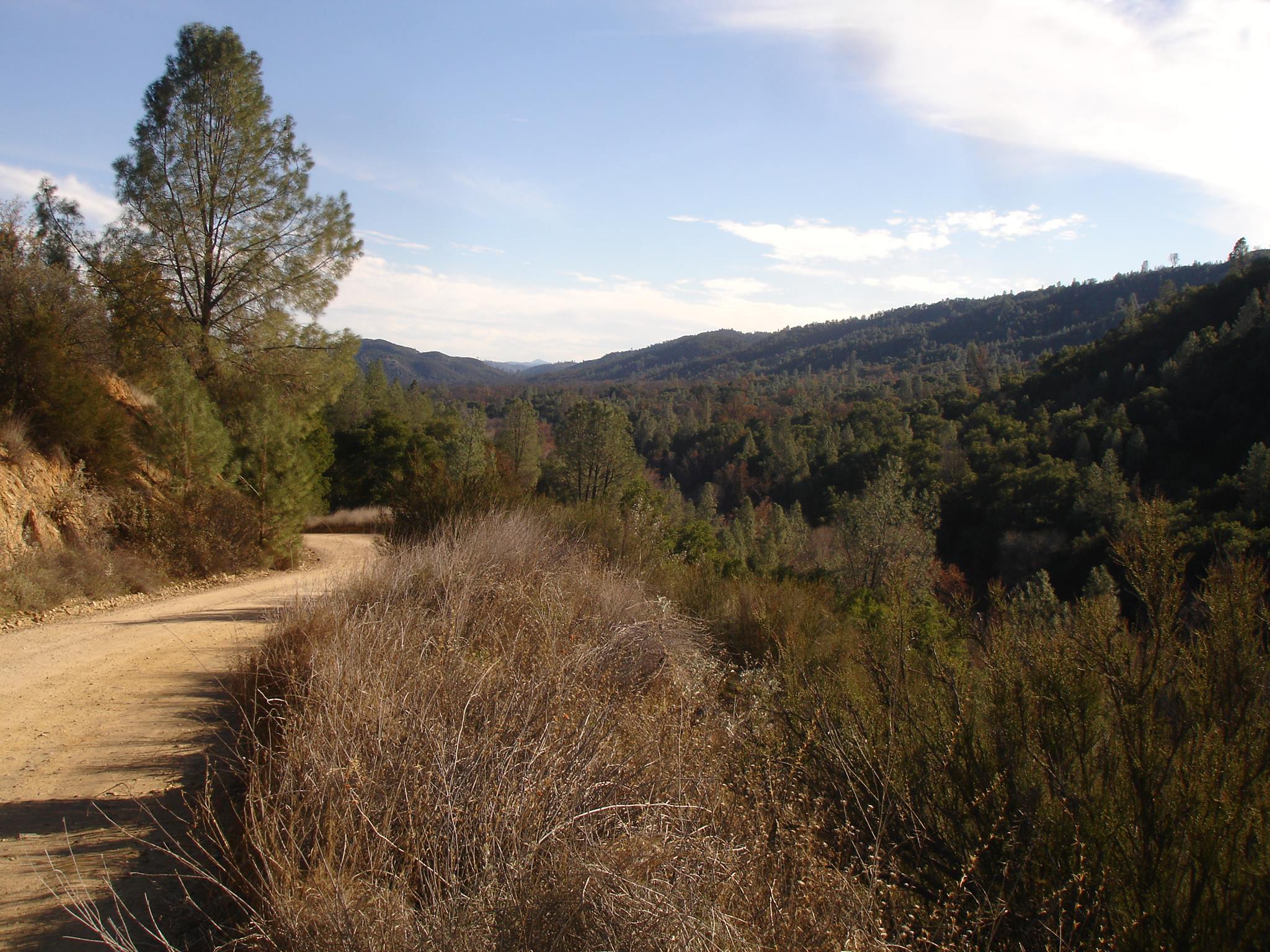Kato
The traditional Kato language areas are Cahto Valley and Long Valley in Mendocino County, along the upper drainage of the South Fork of the Eel River and Tenmile Creek (Myers 1978, Golla 2011). In pre-contact times, there were an estimated 500 speakers of Kato (Myers 1978). In the 21st century, there are no first-language speakers of the language (Golla 2011). However, tribal members and language activists have been pursuing language revitalization and reclamation. Kato (sometimes also spelled “Cahto”) is a member of the Dene (Athabaskan) language family, spoken across North America with concentrations in western Canada (Dëne Suliné, Sarsi, Slave), Alaska (Ahtna, Gwich’in, Koyukon), the southwest United States (Apache, Navajo), and coastal Oregon and northern California. The other Dene languages of California are Wailaki / Eel River Dene, Hupa, Mattole, and Tolowa.
Selected archival materials at Berkeley
Further reading
- Goddard, Pliny Earle. 1909. Kato texts. University of California Publications in American Archaeology and Ethnography 5: 65-238. [PDF]
- Goddard, Pliny Earle. 1912. Elements of the Kato language. University of California Publications in American Archaeology and Ethnography 11: 1-176. [PDF]
- Golla, Victor. 2011. California Indian languages. Berkeley: University of California Press.
- Myers, James E. 1978. Cahto. In William C. Sturtevant (ed.) Handbook of North American Indians, 8: 244-248. Smithsonian Institution, Washington, DC.
